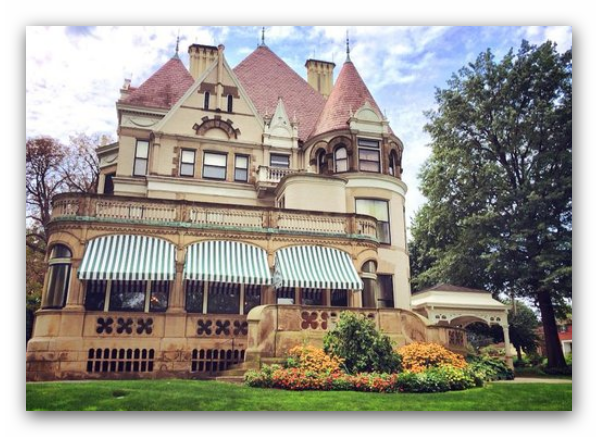Oct 29 2016 - May 14 2017
Frick Art and Historical Center
Pittsburgh, PA
Take a look at the Frick in a new way in this exhibition, which, for the first time tells the story of the Frick through its collection. From Henry Clay Frick’s early purchases, to his daughter Helen’s collecting interests, through to the acquisitions that have been made by the museum in recent years, visitors will see and learn about the enduring legacy of the Frick family as art collectors. Objects will be brought together to tell a unified story—a story that doesn’t stop with Henry Clay Frick’s early purchases for Clayton, but continues, looking at both Henry and Helen as the collectors who have shaped the Frick Art & Historical Center’s holdings.
The earliest acquisitions in the collection date to Henry Clay Frick’s bachelor days. Before his marriage (and for the first months after his marriage) he lived in downtown Pittsburgh at the fashionable Monongahela House. He bought his first paintings and decorative objects for his rooms there: an elaborate rococo revival clock and candelabra set purchased through Tiffany’s, an ebonized cabinet, and his first documented painting purchase, a landscape by local artist George Hetzel.
When they moved into Clayton, Henry Clay Frick and his wife furnished it as many young couples do—most of the purchases were new, fashionable and of the period. Frick had met his wife, Adelaide Howard Childs (1859-1931) in February 1881. Adelaide was the sixth daughter of the wealthy Pittsburgh Childs family, who were manufacturers and importers of shoes and boots. For young couples during America’s Gilded Age like the Fricks, art collecting was not simply a way to exercise taste and create a suitable environment—although these were important considerations. More subtly the right objects gave their owner a sense of history and pedigree. Collecting was a personal pleasure and an indicator of status, discernment and good taste. [...]
Exhibition overview from museum website
Whether you go or not, Collecting in the Gilded Age: Art Patronage in Pittsburgh, 1890–1910, explores the collection of spectacular art from the personal collections of Eli Whitney, Frick, and others exhibited at the Frick Museum of Art and History.
Exhibition Venues & Dates
Oct 29 2016 - May 14 2017
Frick Art and Historical Center
Pittsburgh, PA

